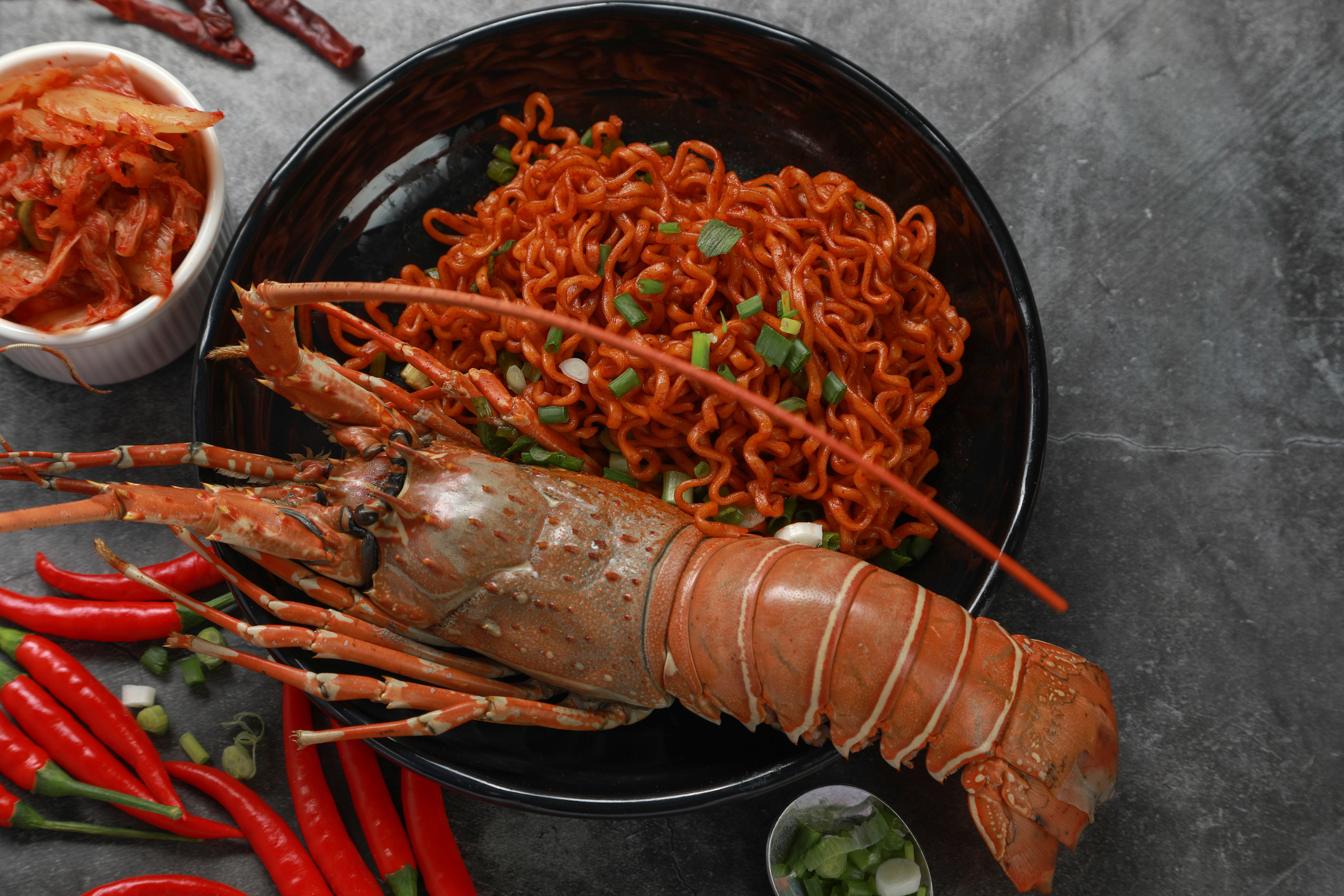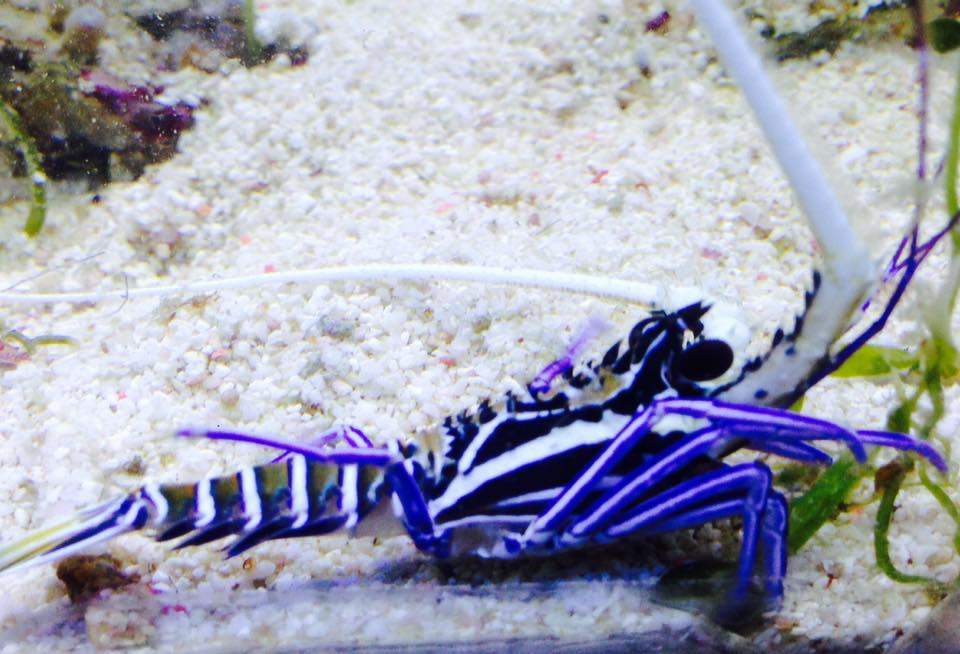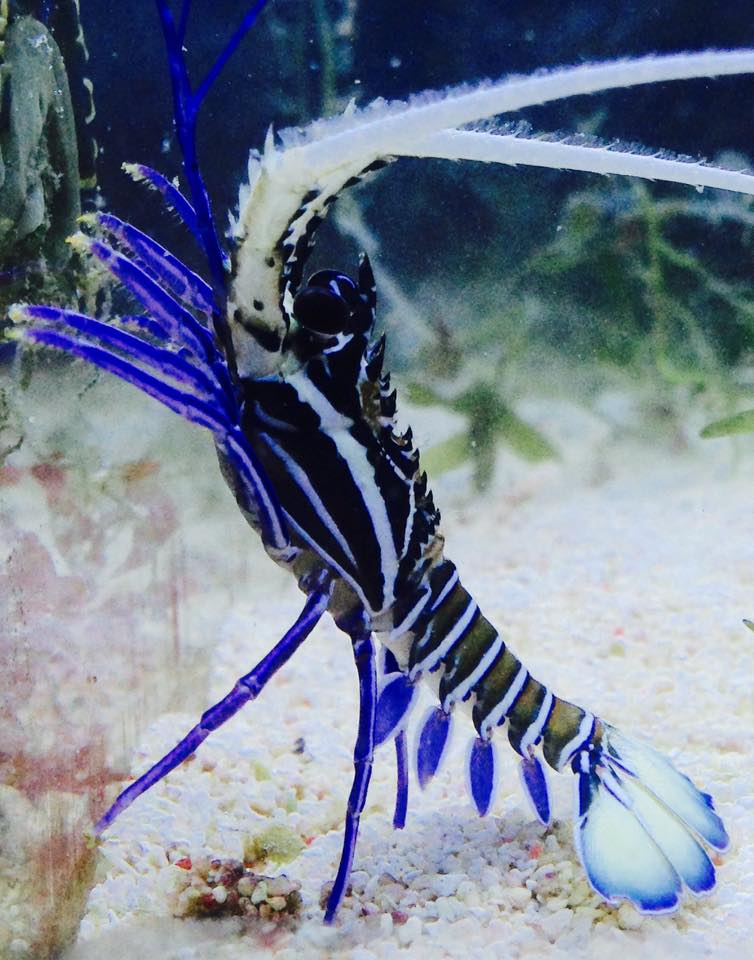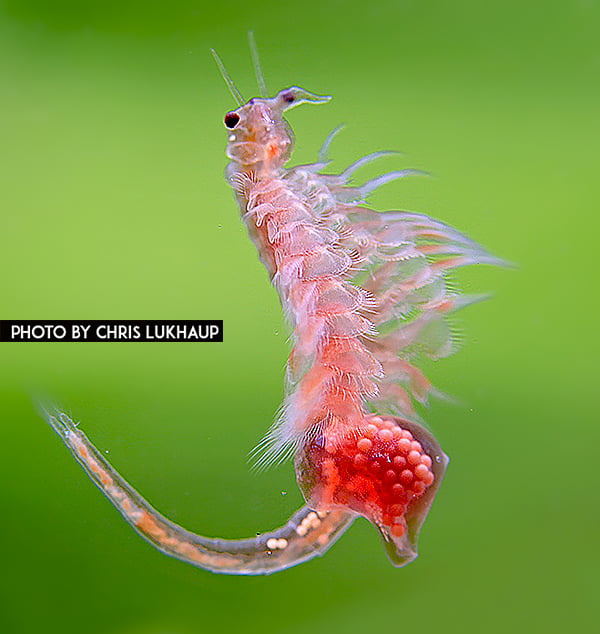Delicacies in the seawater reef- the blue jewelry lobster
Table of Contents
- Occurrence in the wild
- Opinions about the Blue Jewel Lobster
- Appearance of the Blue Jewel Lobster
- Behavior of the Blue Jewel Lobster
- Food spectrum
- Behavior of the Blue Jewel Lobster
- Reproduction of the Blue Jewel Lobster
- Conclusion
When it comes to the keeping of the Panulirus versicolor, the blue or multicolored lobster, opinions are divided: some recommend an aquarium with 500 liters, the next directly a swimming pool and others again, to leave them better in the sea or to put them on the next buffet. Time to take a closer look at this pretty pincher.
 Stock-Photography-ID:1366752800, Photo: BirdShutterB
Stock-Photography-ID:1366752800, Photo: BirdShutterB
Occurrence in the wild
Actually nocturnal and solitary, the jewelry lobster is probably better known to gourmets as a delicacy, because Panulirus versicolor also belongs to the Palinuridae family and thus has a close relationship to the common lobster Palinurus elephas, which is found mainly in the Eastern Atlantic and the Mediterranean, as well as Panulirus ornatus, which is more common on the plate. The habitat of the jewelry lobster is the Indo-West Pacific, the Red Sea and also the East African coast. Its range extends from northern Australia to Polynesia. By the way, it can be credited with some intelligence; because it cannot be caught with traps, but exclusively by hand.

Photo: Lou Herfurth
Opinions about the blue jewel lobster
Blue, colorful, striped and somewhat larger than the usual crustacean, it is hardly surprising that the Blue Lobster has also crawled into the hearts of marine aquarists. However, opinions differ on their care and keeping - as it is often the case in aquaristics.
For some it represents a radical underwater terrorist, for others a quite educable crustacean. There are also reports of assaults on all those who have not jumped into the reef at one, but on the other hand there is also the option of keeping them peacefully in a large aquarium of 2,000 liters or more with large fish such as emperors and doctors. With just under 40 centimeters final size, the reports become quite understandable, although in captivity such dimensions are rather the rarity. To think about their acquisition in advance and also to seek the exchange with friendly aquarists who have already made experiences with it, can certainly contribute to the decision-making process.

Photo: Lou Herfurth
Appearance of the blue jewel lobster
This pretty lobster, which by the way belongs to the decapod crustaceans, is especially striking because of its bright colors. On its thorny body it develops brown-green and blue hues. With increasing age, the markings and color intensity intensify. Remarkable is also its very distinct first pair of antennae, the base of which even turns pink in the adult stage. The partially blurred and monochromatic areas in adolescence later show clear and demarcated lines.
Like all invertebrates, this crawler sheds its skin periodically, reproducing lost limbs. Incidentally, the exuvia of this spiny lobster is almost lifelike when dried, as it "takes off its colors along with it" when changing clothes. During molting, it may remain rather reclusive until the new carapace has hardened. During this period it may well be attacked by fish and could become easy prey. By the way, they can weigh up to 5 kg live weight.
Behavior of the blue jewel lobster
Like most invertebrates the Blue Jewel Lobster will stay hidden at the beginning, before it feels safe in the reef and has found its place. Experience has shown that especially young lobsters can be restrained in their sometimes quite offensive behavior, if you deal with them sufficiently. A certain "training" is quite possible, for example by feeding them from tweezers and adding a tapping symbol. In this way, it is quite possible to lure them to the aquarium pane later on, even without a treat, and to discourage them from raiding their fellow fish.
Because it belongs rather to the location-faithful species, it should receive also "its" place in the aquarium and be maintained rather alone, because a typical group behavior it rather does not show and can react quite territorially and aggressively. Their living cave should therefore be appropriately large. The jewelry lobster is quite an eye-catcher, but belongs rather less in a pretty coral reef. Attacks on corals, invertebrates and small fish can be possible, so a socialization with bottom fish like gobies or hermit crabs and others should rather be avoided. A species tank with single keeping for this beauty would be well worth consideration.

Food spectrum
It usually feeds on algae, artemia, mysis and krill and also easily cleans up with deceased tankmates. However, it can also be spoiled with shrimp meat, smelts and fish fillets, with a little devotion it even feeds directly from the tweezers.
Reproduction of the blue jewel lobster
Breeding in captivity is not known until today. In the wild, the young go through a larval stage of almost three years and therefore belong rather to the plankton, before they become sedentary lobsters that occupy living caves.
Conclusion
It is certainly not one for everyone, but those who are used to grief and are looking for a new challenge are well advised to go for the blue jewel lobster. Their fascinating appearance and large googly eyes are well worth considering flirting with this creepy crawly.
